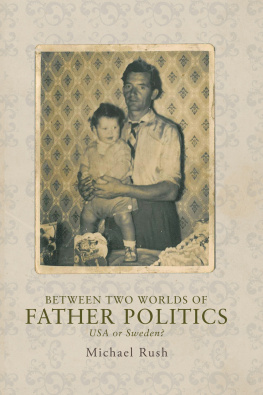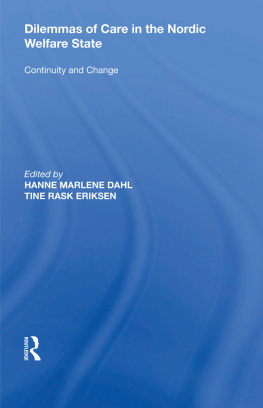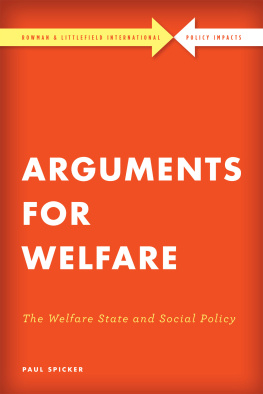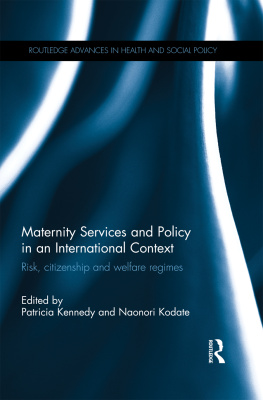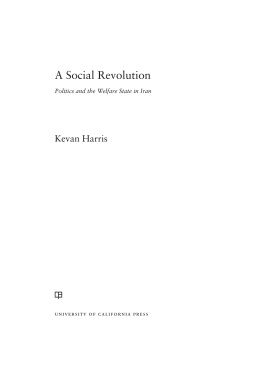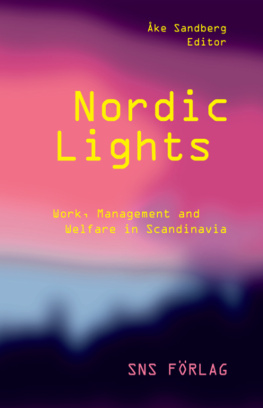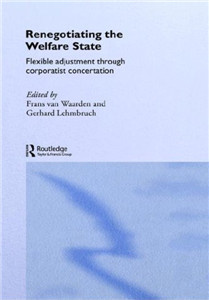Copyright Michael Rush 2015
The right of Michael Rush to be identified as the author of this work has been asserted by him in accordance with the Copyright, Designs and Patents Act 1988.
Published by Manchester University Press
Altrincham Street, Manchester M1 7JA
www.manchesteruniversitypress.co.uk
British Library Cataloguing-in - Publication Data
A catalogue record for this book is available from the British Library
Library of Congress Cataloging-in-Publication Data applied for
ISBN 978 0 7190 9189 6 hardback
First published 2015
The publisher has no responsibility for the persistence or accuracy of URLs for any external or thir d-pa rty internet websites referred to in this book, and does not guarantee that any content on such websites is, or will remain, accurate or appropriate.
Typeset
by Out of House Publishing
The central hypothesis of the two worlds model is that ways of thinking about fatherhood are central to social policy and gender relations, and that the USA and Sweden represent divergent archetypes. The comparative analytical framework of the two worlds of fatherhood model illustrates and contrasts how ways of thinking about fatherhood in Sweden and the USA produced divergent social policy outputs and outcomes. The two regimes model presents the USA and Sweden as divergent and internationally influential fatherhood regimes. The two regimes model illustrates that the growth of comparative welfare and gender studies from the early 1990s largely ignored the treatment of fathers by social policy. The two regimes model also illustrates that the epochal decline of patriarchy, beginning with the reform of patriarchal marriage laws in the early twentieth century, was a prerequisite to welfare regime development, and the emergence of post-patriarchal welfare state infrastructures from the mid-1970s.
The analysis of transnational academic debates, social commentary and public policy debates illustrates that Sweden and the USA represent divergent archetypes with competing influence on the international stage. The analysis shows that the American model upheld patriarchal-familism, marriage and male-breadwinning through a combination of laissez-faire and punitive approaches to fatherhood. On the other hand, the Swedish model dismantled patriarchy and revolutionised the gender relations of parenting. The Swedish model advanced the revolution in the social politics of fatherhood and parenting through the individualisation and non-transferability of parental benefits, including child support and parental leave. The analysis illustrates strong evidence of American influence on fatherhood debates and welfare ideologies in Great Britain and Ireland, whereas there was strong evidence of Swedish influences on social policy thinking in the European Union and Japan. In Sweden, where father-friendly social policies were well developed, and in EU-level social policy debates, there was an emphasis on increasing father-involvement as a means of reducing gender inequality in families and labour markets, through the development of parental leave policies. Great Britain implemented a variant of the American model of child support, but with growing support among the epistemological community for a Nordic model of parental leave. In the case of China, Confucian fatherhood was overturned by the Chinese Communist Revolution of 1949, but the regulation of reproduction within marriage by the Communist Party, and the privatisation of housing, exacerbated gender inequalities among young people and young married couples.
The two regimes model illustrates that the growth of American ethological research offered new ways of thinking about father-involvement from the mid-1970s, but that an overarching ethological and psychological focus on individual agency and the fatherchild dyad failed to influence the macro-structural development of father-friendly social policies in the USA. Instead, there was a punitive emphasis on the fiscal and moral shortcomings of non-resident fathers, who were stigmatised as deadbeat dads. On the other hand, ways of thinking about fatherhood in Sweden were influenced by epistemological feminism and conceptualisations of gender equality and gender roles from the mid-1960s. Therefore, the two regimes model illustrates that father-involvement was an American concept, but it was the Swedish who put the concept of father-involvement into practice.
Scandinavian perspectives
Scandinavian debates concerning fatherhood were dominated from the 1960s and 1970s by epistemological concerns with the gender relations of paid work and parenting. Studies in the 1990s by Bjnberg and Kollind, amongst others, epitomised a Scandinavian focus on the changing nature of mens family relations and the ideal Swedish father (1996:9). During the 1990s social policies to improve fathers caring practices became emergent concerns of Scandinavian societies and to a lesser extent the wider European social model. By their nature, new comparative studies of what Hobson and Morgan termed the social politics of fatherhood tended to be macro-level investigations based firmly on the commonplace social scientific assumption that fatherhood and motherhood are socially constructed (2002:3). In addition fathers take-up of parental leave in the Scandinavian welfare states eventually emerged as a core concern of international studies into caring father practices (Klinth, ). In general, the conceptual academic literature on fatherhood in the Scandinavian model and the wider European social model was generally dominated by what OBrien termed social science and public policy perspectives (2004:121).
American perspectives
On the other hand, father salience to child well-being was a core concern of American academic norms and epistemological debates from the early 1970s. American debates were dominated by psychological and ethological concerns about the significance of dyadic fatherchild relationships in intact families. The conceptual academic literature concerning the role of the father in child development was dominated by studies from the ethological tradition, such as Lamb et al.s The Role of the Father in Child Development, which since 1976 has been published in five separate editions. The depiction of father deprivation, father absence and the increase of lone-mother families as a core problem for American society was commonplace within American sociological literature. Influential proponents of the fatherless USA and family decline thesis included Popenoe ().
Akerlof, in a study of American men without children, linked the proliferation of fatherless families and family decline perspectives to the influence of underclass theories associated with Charles Murray ( also serves to illustrate that the two regimes model of fatherhood is primarily concerned with the way fathers are represented in academic norms and epistemologies and in the way fathers are treated by social policies.
Table 1 Methodological and substantive principles of the two regimes of fatherhood
Anglo-American model of fatherhood United States of America | Scandinavian model of fatherhood Sweden |
Clinical and psychological perspectives Positivist perspective on agency |

